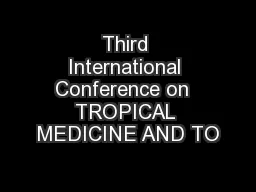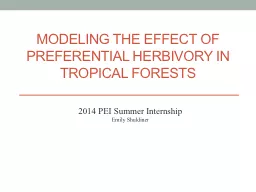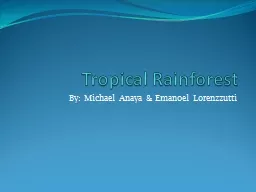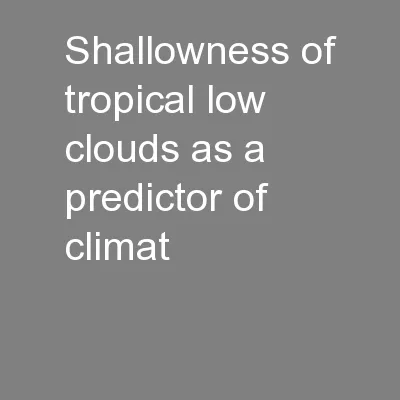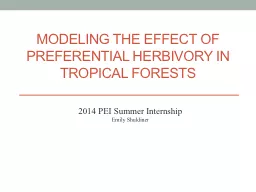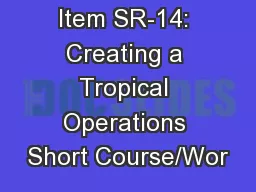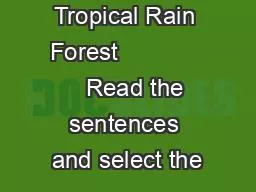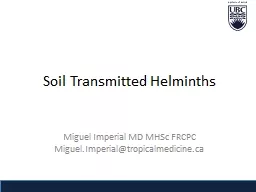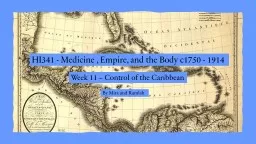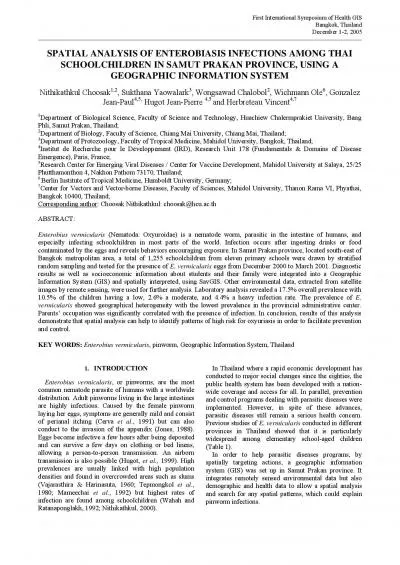PPT-Third International Conference on TROPICAL MEDICINE AND TO
Author : tawny-fly | Published Date : 2016-05-06
WELCOME TO SNAKE SITUATION IN BANGLADESH PROFMA HASSAN CHOWDHURY DEPARTMENT OF MEDICINE CHITTAGONG MEDICAL COLLEGE AND HOSPITAL NEWS PAPER মহরপর দদন
Presentation Embed Code
Download Presentation
Download Presentation The PPT/PDF document "Third International Conference on TROPI..." is the property of its rightful owner. Permission is granted to download and print the materials on this website for personal, non-commercial use only, and to display it on your personal computer provided you do not modify the materials and that you retain all copyright notices contained in the materials. By downloading content from our website, you accept the terms of this agreement.
Third International Conference on TROPICAL MEDICINE AND TO: Transcript
Download Rules Of Document
"Third International Conference on TROPICAL MEDICINE AND TO"The content belongs to its owner. You may download and print it for personal use, without modification, and keep all copyright notices. By downloading, you agree to these terms.
Related Documents

